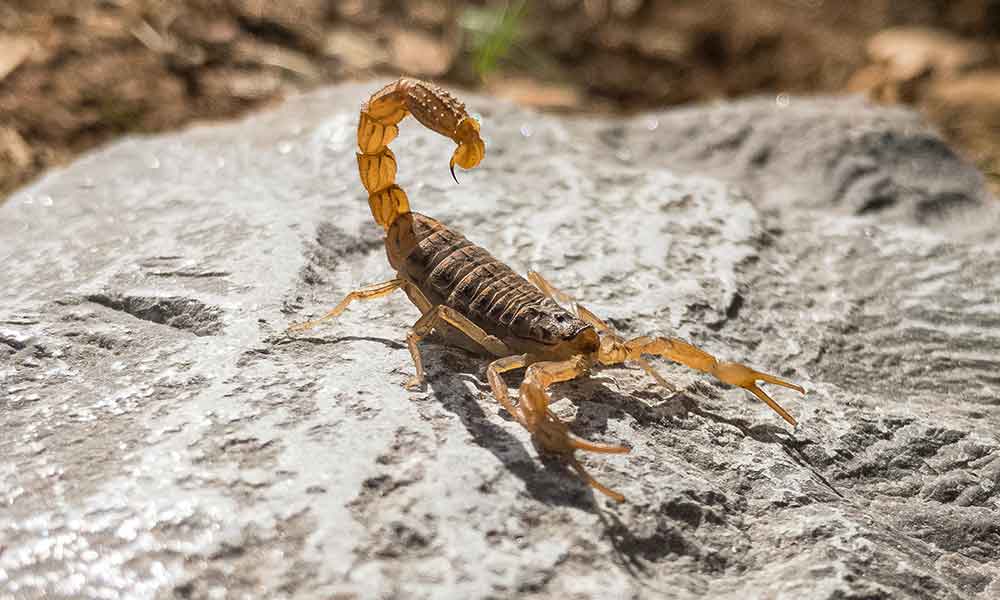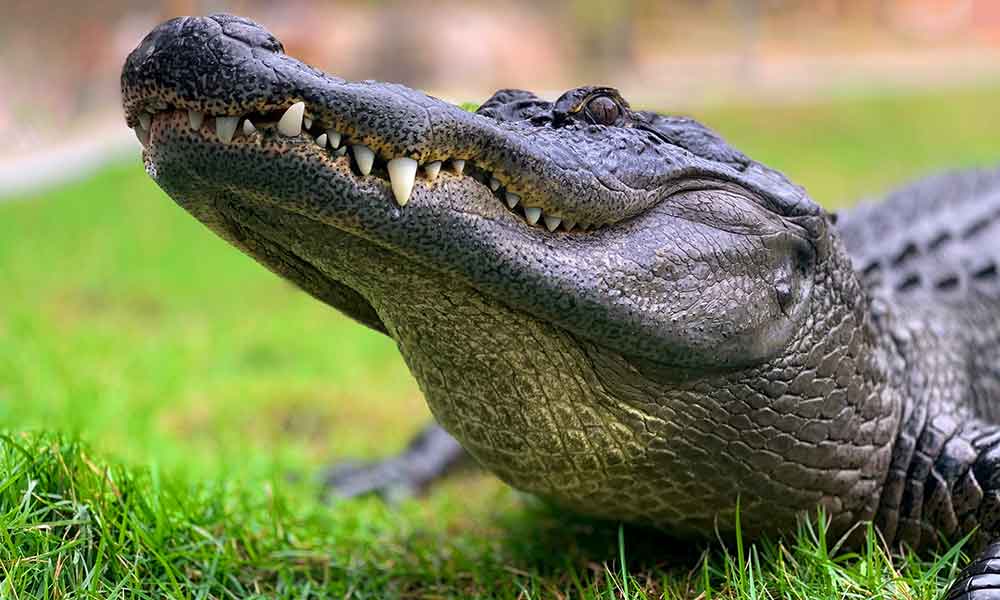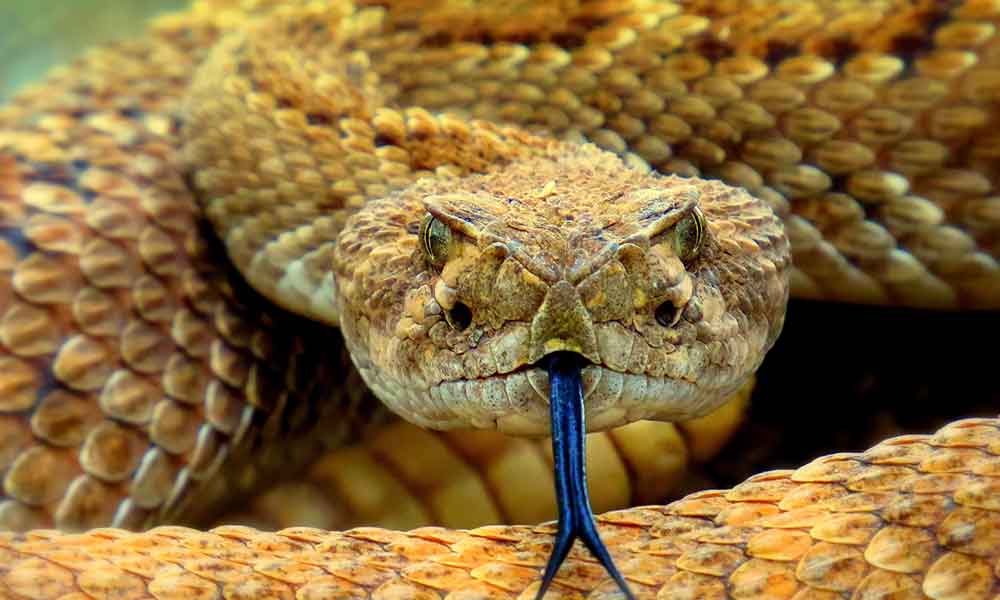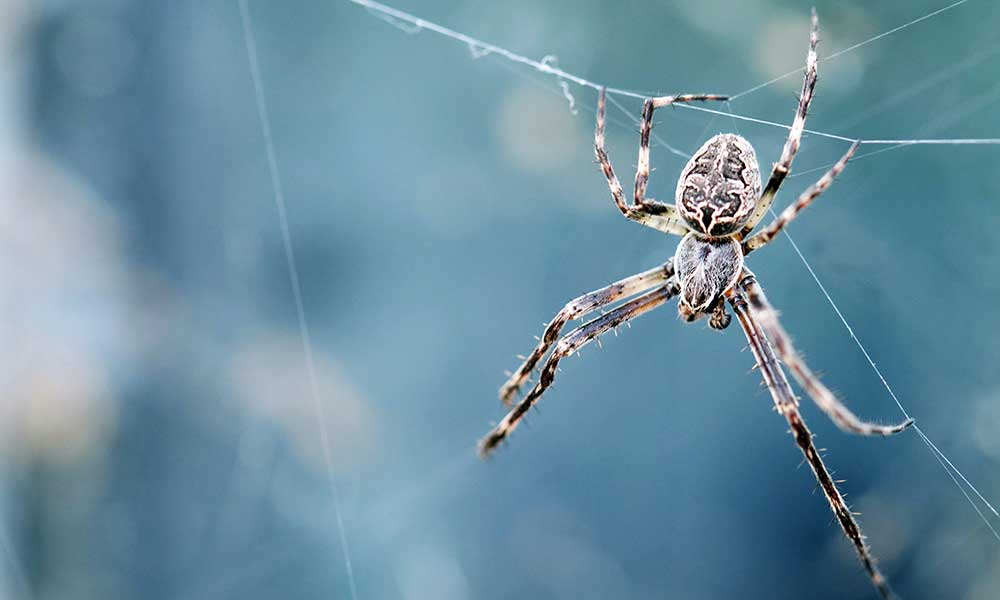Most species of moray eels lack pelvic and pectoral fins and have a dorsal fin that connects with both the anal and caudal fins. They typically have large jaws, small eyes, and a great sense of smell, and they feed primarily on fish and crustaceans.
Moray eels are a type of eel that exist all over the world and span around 200 species. Let’s explore these 19 types of moray eels:
- Giant Moray
- Yellow Edged Moray
- Green Moray
- Mediterranean Moray
- Dragon Moray Eel
- Muraena
- Indian Mud Moray
- Snowflake Moray
- Honeycomb Moray
- Spotted Moray
- Gymnothorax
- Fangtooth Moray
- Echidna
- Kidako Moray
- Enchelycore
- Slender Giant Moray
- Chain Moray
- Barred Moray
- Anarchias
Types of Moray Eels
As noted above, there are around 200 species of moray eels. That’s a lot of animals, more than we can possibly cover here, but we have highlighted some of the most distinctive ones below to give you an insight into these slippery creatures:
Giant Moray (Gymnothorax javanicus)
- Average Size: Up to 9.8 ft (3 m)
- Average Weight: 66 lbs. (30 kg)
- Lifespan: 79 to 81 years
Yellow Edged Moray (Gymnothorax flavimarginatus)
- Average Size: 0.5 ft
- Location: Indo-pacific Oceans
- Conservation status: Least Concern
Green Moray (Gymnothorax funebris)
- Average Size: Up to 8.2 ft
- Average Weight: Around 65 pounds
- Conservation status: Least Concerned
Mediterranean Moray (AKA Roman eel, Muraena Helena)
- Average Size: Up to 5 feet
- Average Weight: Over30 pounds
- Conservation status: Least Concern
Dragon Moray Eel (Enchelycore paradalis)
- Average Size: Up to 36 inches
- Location: Indo-pacific ocean
- Conservation status: Least Concern
Muraena (Muraena)
- Average Size: Around 60 inches
- Location: Eastern Pacific Ocean
- Conservation status: Least Concern
Indian Mud Moray (Gymnothorax tile)
- Average Size: 24 in (0.61 m)
- Location: Pacific and Indian Oceans
- Lifespan: Up to 30 years
Snowflake Moray (Echidna nebulosa)
- Average Size: Up to 40 inches
- Location: Indo-Pacific area
- Lifespan: 10 to 15 years
Honeycomb Moray (Muraena melanotis)
- Average Size: Maximum length of 3.2 ft (1 m)
- Location: Indo-West Pacific Ocean
- Lifespan: 30 years
Spotted Moray (Gymnothorax moringa)
- Average Size: 24 inches(60 cm) in length
- Average Weight: 5.5 lbs. (2.51 kg)
- Location: Western Atlantic Ocean
Gymnothorax (Gymnothorax melatremus)
- Average Size: Up to 12 inches
- Average Weight: 100 pounds
- Location: East Indian Ocean
Fangtooth Moray (Enchelcore Anatina)
- Average Size: Up to 47 inches (120 cm)
- Average Weight: 30 to 74lbs
- Conservation status: Least Concern
Echidna (Echinus)
- Average Size: 14 inches to 21 inches (35 to 53cm)
- Average Weight: Females weigh up to 10 lbs. and Males weigh up to 13 lbs.
- Lifespan: 14 to 16 years
Kidako Moray (Gymnothorax kidako)
- Average Size: 30 inches
- Average Weight: 1.3 lbs.
- Conservation status: Least Concern
Enchelycore (Enchelycore paradalis)
- Average Size: Up to 60 inches
- Location: South Pacific Ocean
- Lifespan: Least Concern
Slender Giant Moray (Strophidon sathete)
- Average Size: 13 feet
- Average weight: 30 to 60lbs (13.6 to 27.2kg)
- Location: Indo-West Pacific Ocean
Chain Moray (Echidna catenate)
- Average Size: 12 inches
- Average Weight: Up to 66 lbs.
- Lifespan: 15 years
Barred Moray (Echidna polyzona)
- Average Size: Maximum length of 28.5 inches
- Location: Indo-Pacific Ocean
- Lifespan: Least Concern
Anarchias (Anarchias galapaensis)
- Average Size: 5.5 inches
- Location: Western Pacific
- Conservation Status: Least Concern
FAQs About Moray Eels
There are a lot of questions to answer about moray eels, so let’s take a look at some of the most common ones.
Where To Snorkel With Moray Eels?
You can encounter green moray eels in the Caribbean, and you’ll also find chain moray eels and spotted moray eels here. The Mediterranean Sea is home to the Mediterranean moray and you can also see these creatures everywhere from the Atlantic coast to the Indian and Pacific Oceans.
Where Do Moray Eels Live?
As noted above, moray eels live all over the world and the best location to see them will depend on what moray species you’re hoping to encounter.
If you’re looking for the giant moray eel, then head for the eastern coast of Africa or the Hawaiian Islands.
Are Moray Eels Electric?
Electric eels and moray eels are a different species and moray eels don’t possess the same shocking ability. Electric eels are not even true eels are actually members of the knifefish family.
Are Moray Eels Dangerous?
Although moray eels look pretty scary, they are generally not dangerous. They have been known to attack by mistake, but such incidences are very rare.
Moray eels have terrible eyesight, but they make up for this with a brilliant sense of smell and so you should be okay if you are diving nearby. As with most marine creatures, moray eels will also attack if they are provoked.
What Do Moray Eels Eat?
Moray eels tend to eat at night and they feed primarily on shrimp, crabs, and fish. They are also known to eat cuttlefish and octopuses.
Moray eels are predators and they feed by ambushing. They hide and wait for prey to pass, using their incredible sense of smell to detect them. When they pass, the moray eels pounce and feast.
What Eats Moray Eels?
Moray eels are basically the apex predators in their habitat and they have very few predators. Humans pose the biggest threat to these creatures, as they are hunted all over the world. Sharks and barracuda are also known to feast on moray eels.
Do Moray Eels Lay Eggs?
Moray eels do indeed lay eggs and some moray eel species are known to lay up to 10,000 of them at a time.
Are Moray Eels Endangered?
Although moray eels are generally in the “least concern” category, their future is threatened by water pollution and climate change. They are also being hunted in large numbers.
Do Moray Eels Have Two Jaws?
Yes, moray eels have two jaws: the oral jaws and the pharyngeal jaws. The second set comes from the animal’s throat and helps it to swallow its prey.
Why Does It Keep Its Mouth Open?
Not only do moray eels have razor-sharp teeth and two jaws, but they also keep their mouths open, making for a pretty scary sight if you encounter them while diving. But don’t worry, as moray eels keep their mouths open to breathe and it doesn’t mean that they are preparing to attack.
The unique anatomy of the moray means that it can’t breathe using gill covers and must constantly open and close its mouth to breathe. It means that it always looks like it’s gasping for breath and/or ready to attack.
How Big Do Moray Eels Get?
The ironically named slender giant moray is the largest of all moray eels and is known to grow as big as 13 feet.






